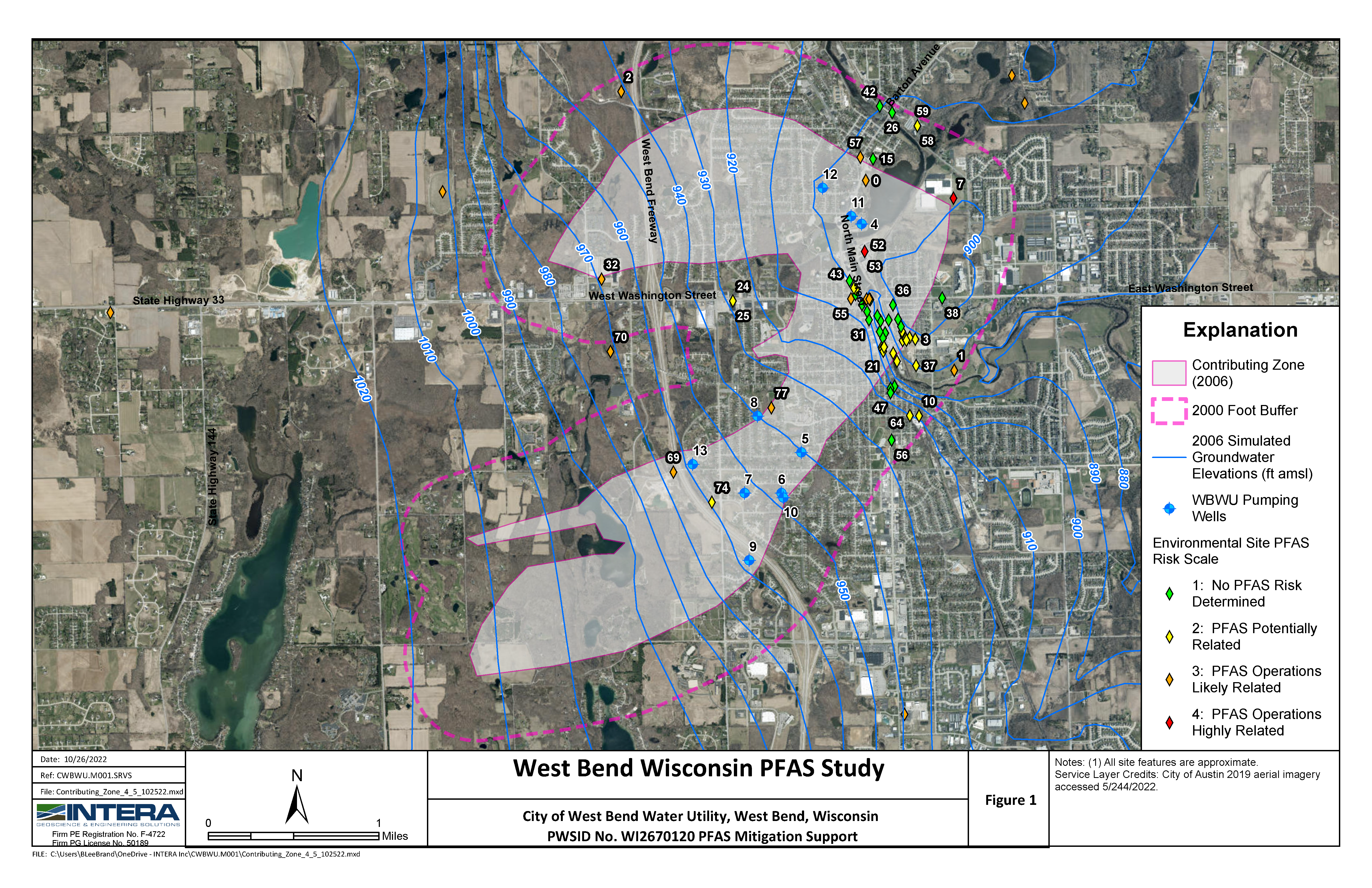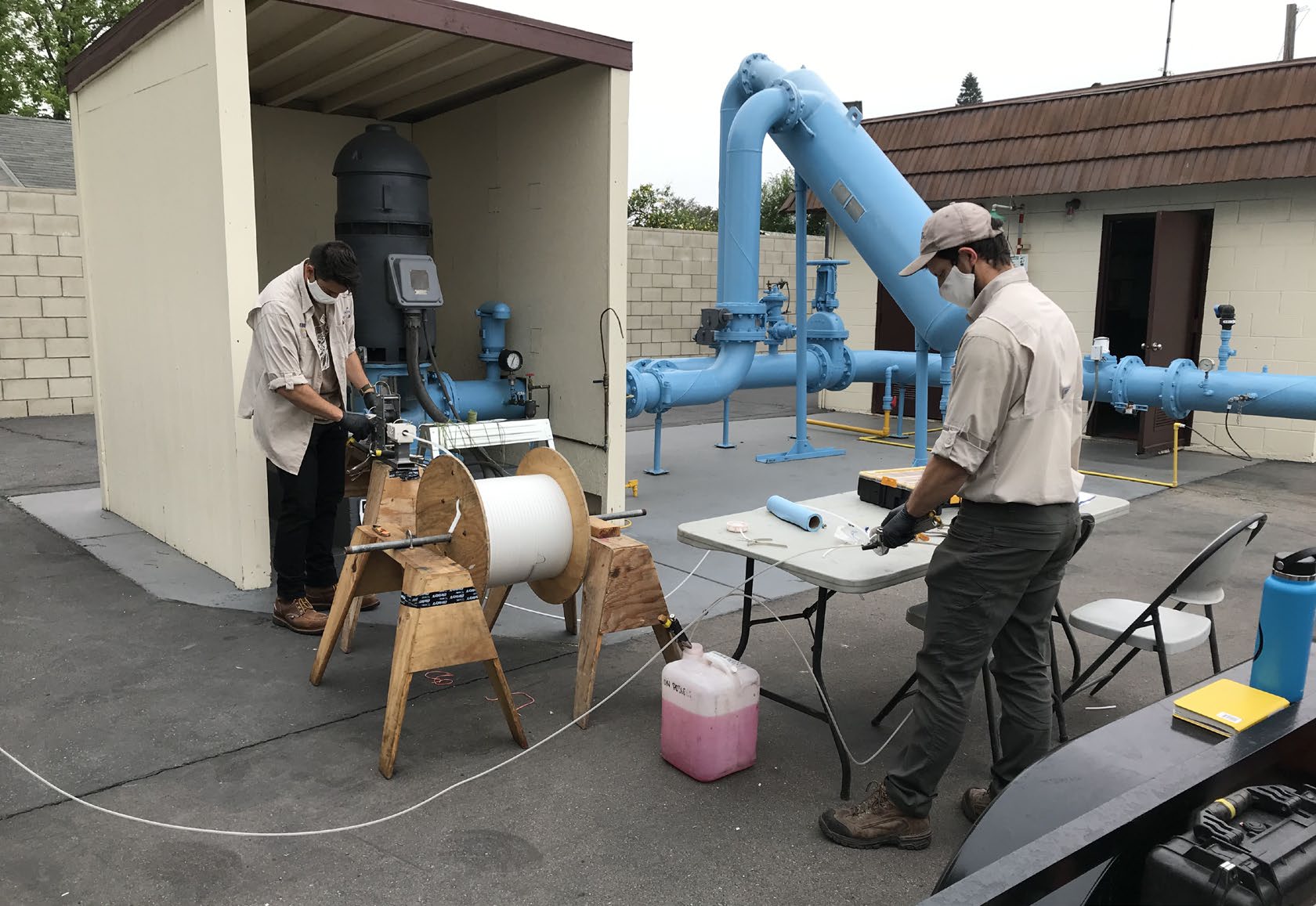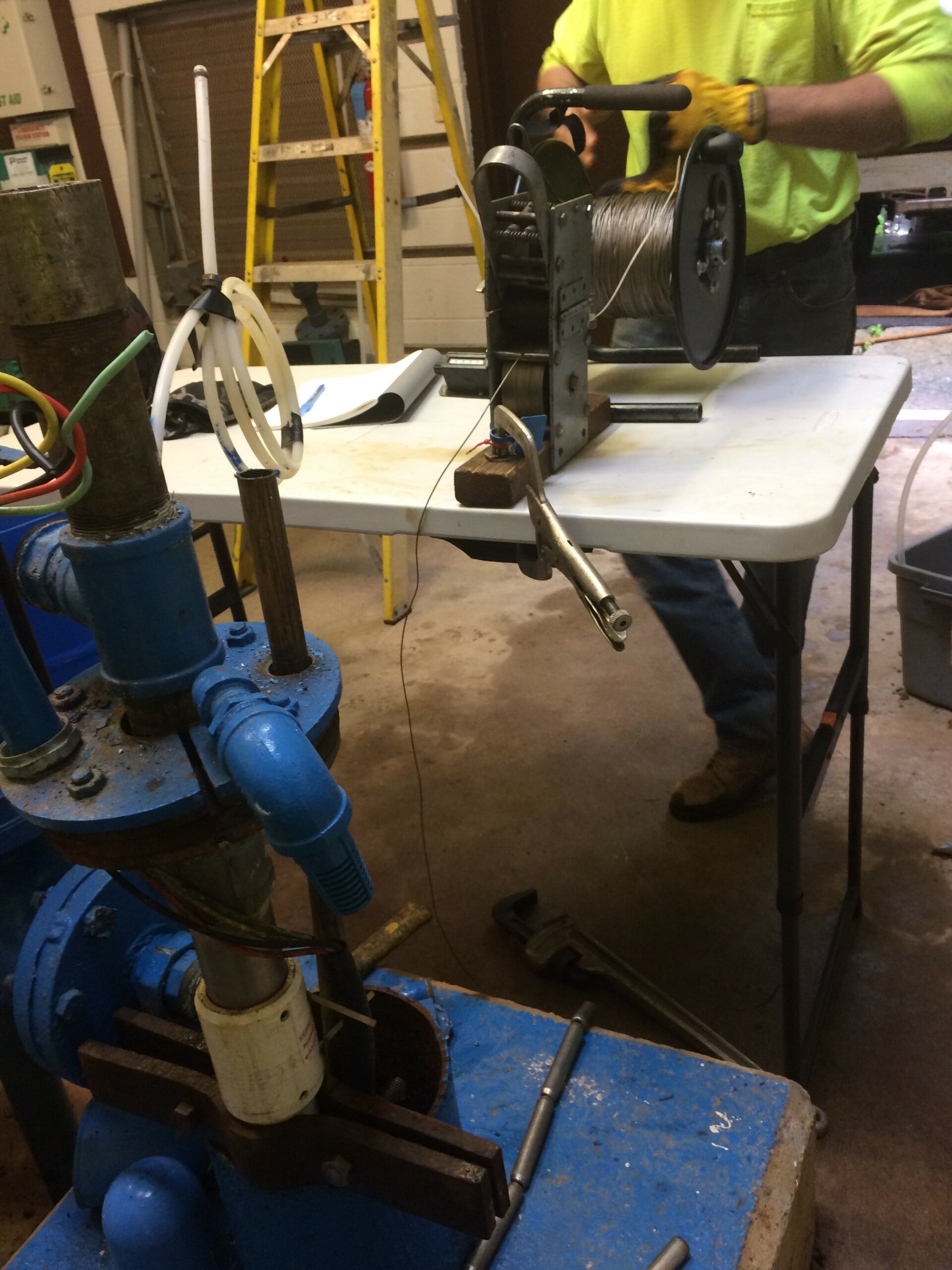
Challenge. Develop modeling tools to evaluate remedial alternatives for groundwater contaminated with strontium-90, diesel fuel, and nitrate resulting from over 20 years of nuclear reactor operations.
Solution. INTERA developed predictive fate and transport models for both the saturated and vadose zones. One vadose zone model was used to estimate future mass (activity) fluxes of strontium-90 from high-activity areas to the unconfined aquifer near the Columbia River. Another vadose zone model, developed using the STOMP simulator, and a saturated zone model developed using the MODFLOW/MT3D code, were used to provide future estimates of COC concentrations under no-action (or no further action) and various remediation scenarios. INTERA evaluated remedial alternatives that included extending an existing permeable reactive barrier, bio-sparging to address hydrocarbon contamination, phytoremediation, source removal, and nutrient injections to promote degradation of nitrate. We also performed a sensitivity analysis on the alternatives to evaluate the effect of input parameters on the estimated time needed to achieve remedial action objectives. INTERA’s modeling work provided valuable input to the RI/FS to facilitate selection of an effective and efficient technology(ies) for mitigating further contamination into the Columbia River.




